Driverless automobiles made flashy appearances at the Consumer Electronics Show in Las Vegas this week, although nobody expects them to take over the roads anytime soon. And I know one big reason why that won’t happen. The Department of Motor Vehicles. I recently became one of the first people on the planet to earn an all-new license from the California DMV that allows me to drive a car that drives itself. Just one of the wacky bits of bureaucracy that comes with disruptive new technologies like self-driving automobiles.
Technically, my license is an “autonomous vehicle testing” permit. That sounds a bit less sexy that a driverless license, but actually it means that I’m one of the first people, ever, to be allowed to not touch the steering wheel of a moving car for extended periods of time.
Cool, right? Texting, iPad movies and long naps—here I come. Maybe not—at least not in the foreseeable future. Even though I was chauffeured earlier this week by a prototype Audi from Silicon Valley all the way to Vegas, I still had to pay attention when I was behind the wheel—because in a Stage 3 autonomous car like the Audi (there are five stages, the fifth being a completely robotic taxi) things could still go very wrong. “Really, this is an important responsibility,” Volkswagen group senior engineer—VW owns Audi— and co-passenger Daniel Lipinski told me sternly. “In an emergency you have to take control immediately.”
It may all sound futuristic, but driverless autos are already here. Carmakers such as Audi, Mercedes-Benz and Tesla are testing them on public roads around the U.S., readying technology that will change the way we commute, not to mention pizza deliveries. Audi timed its road trip, and our exclusive first drive, to the start of the 2015 Consumer Electronics Show, where Mercedes-Benz and Ford also made announcements about autonomous technology.
The Wildest Concept Cars of 2014
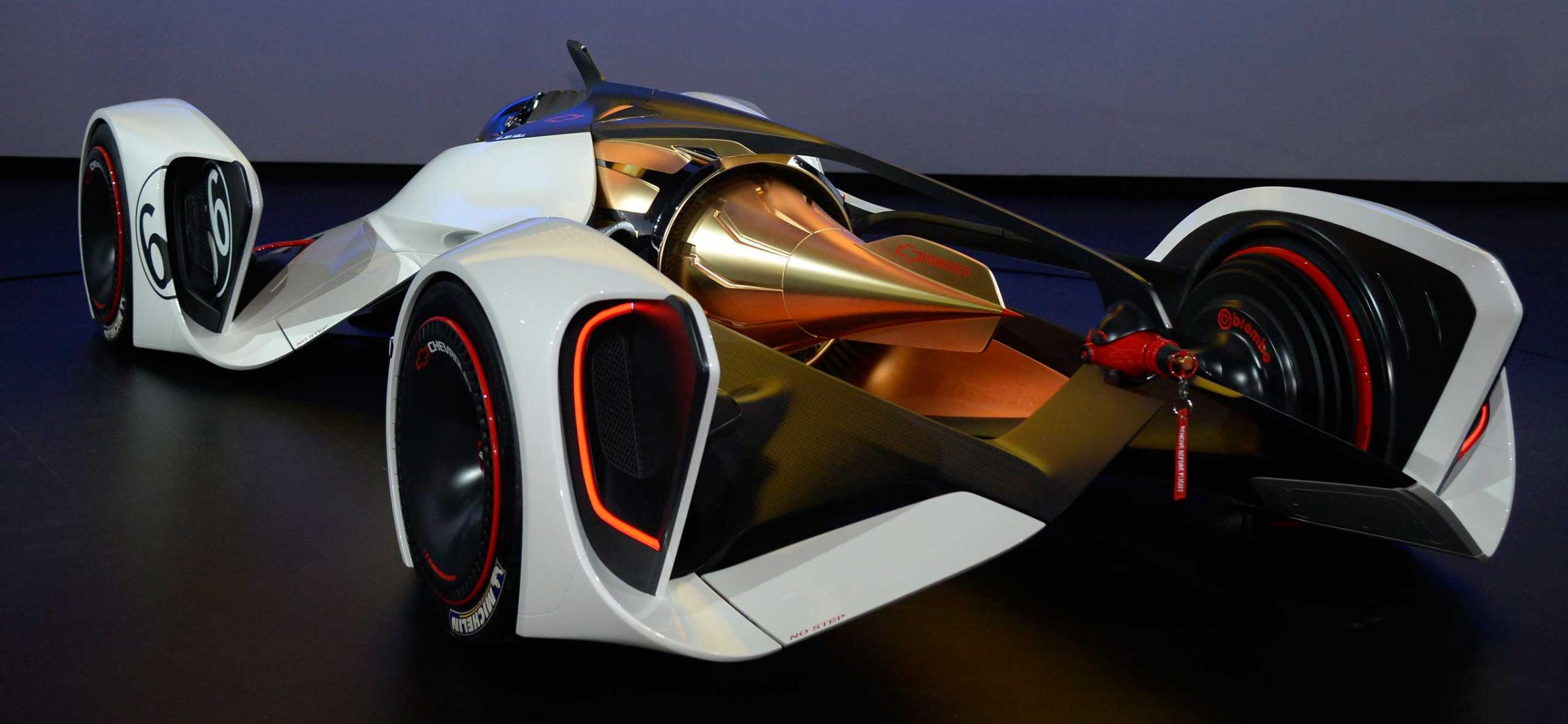
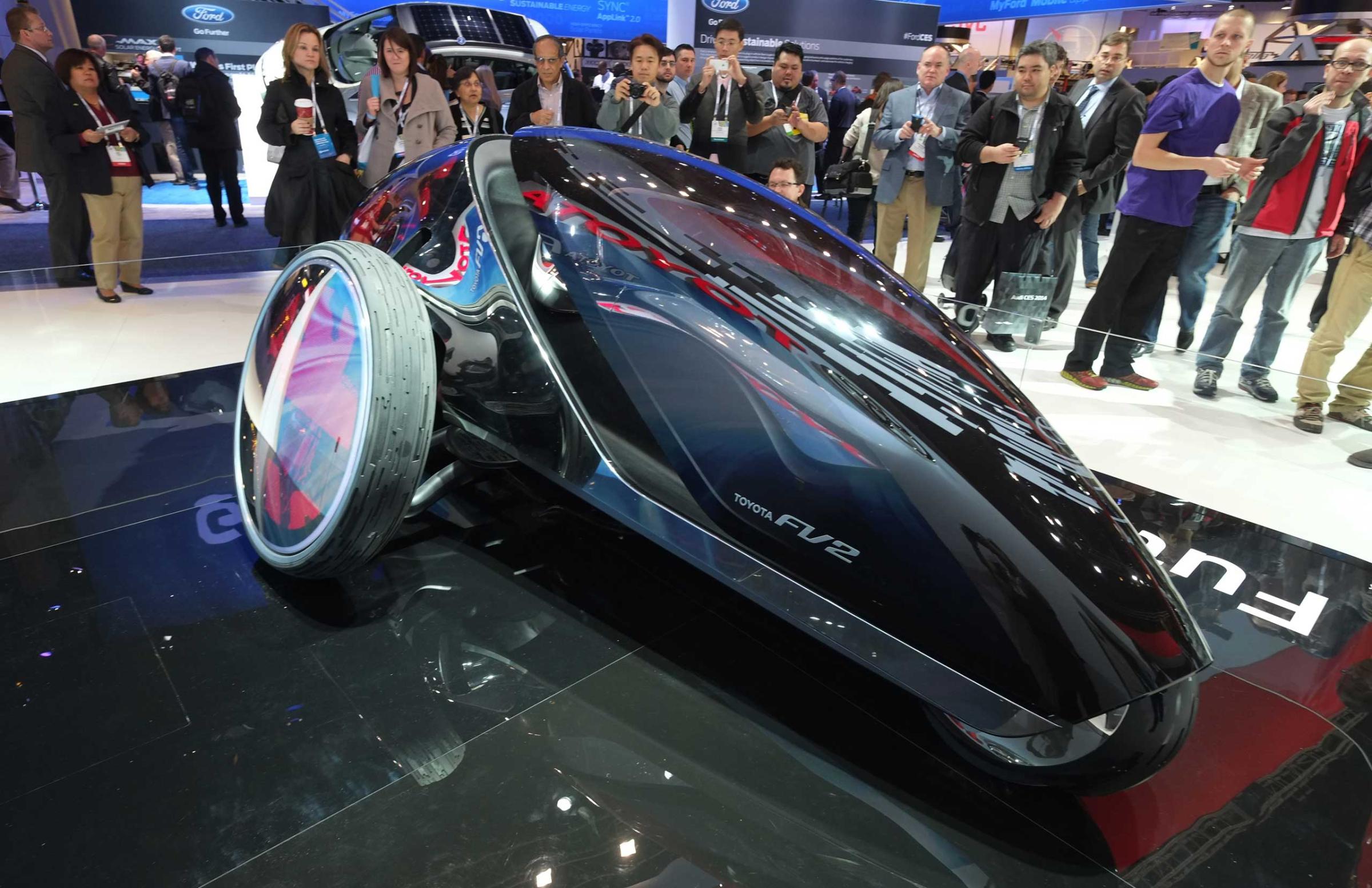


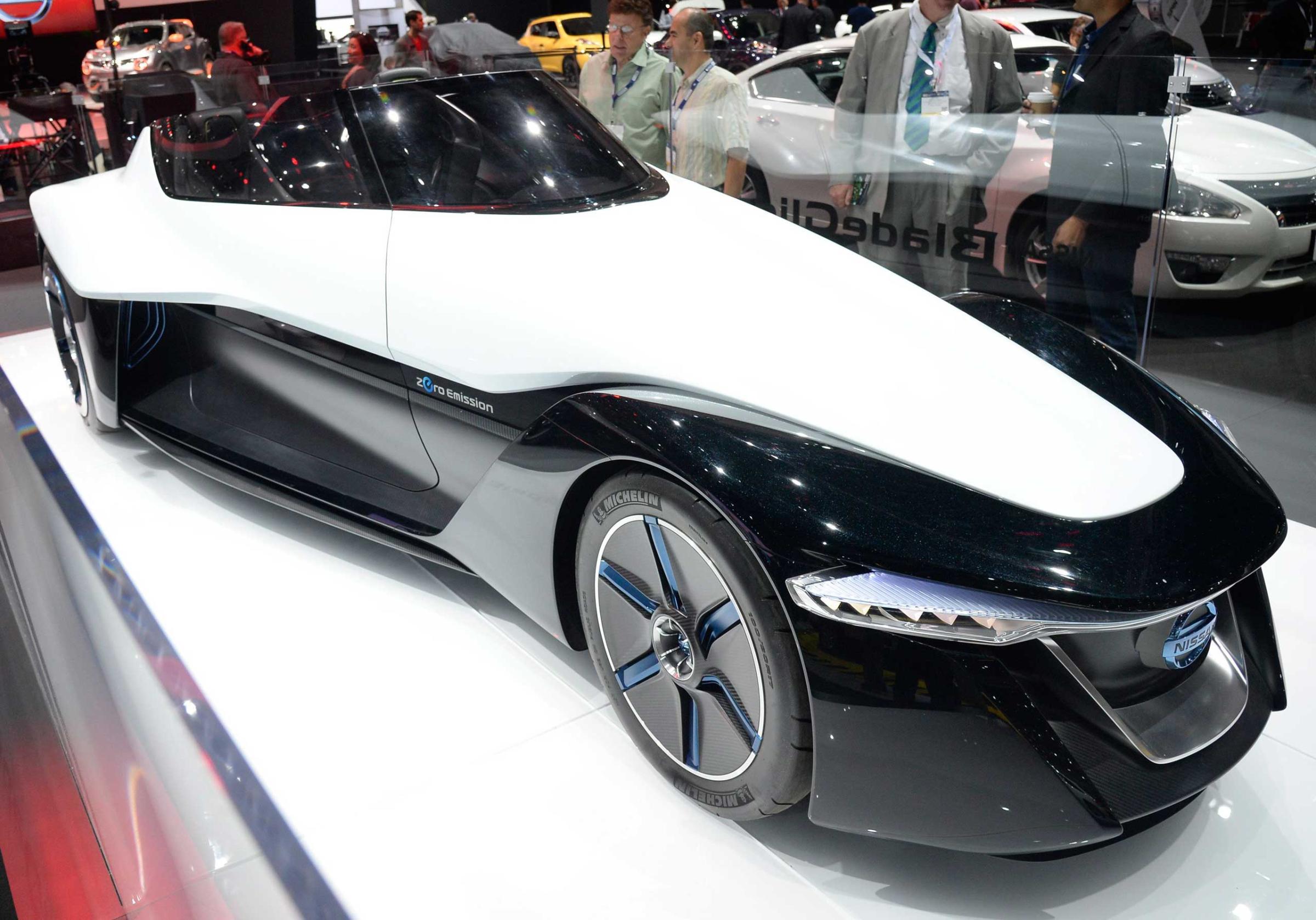
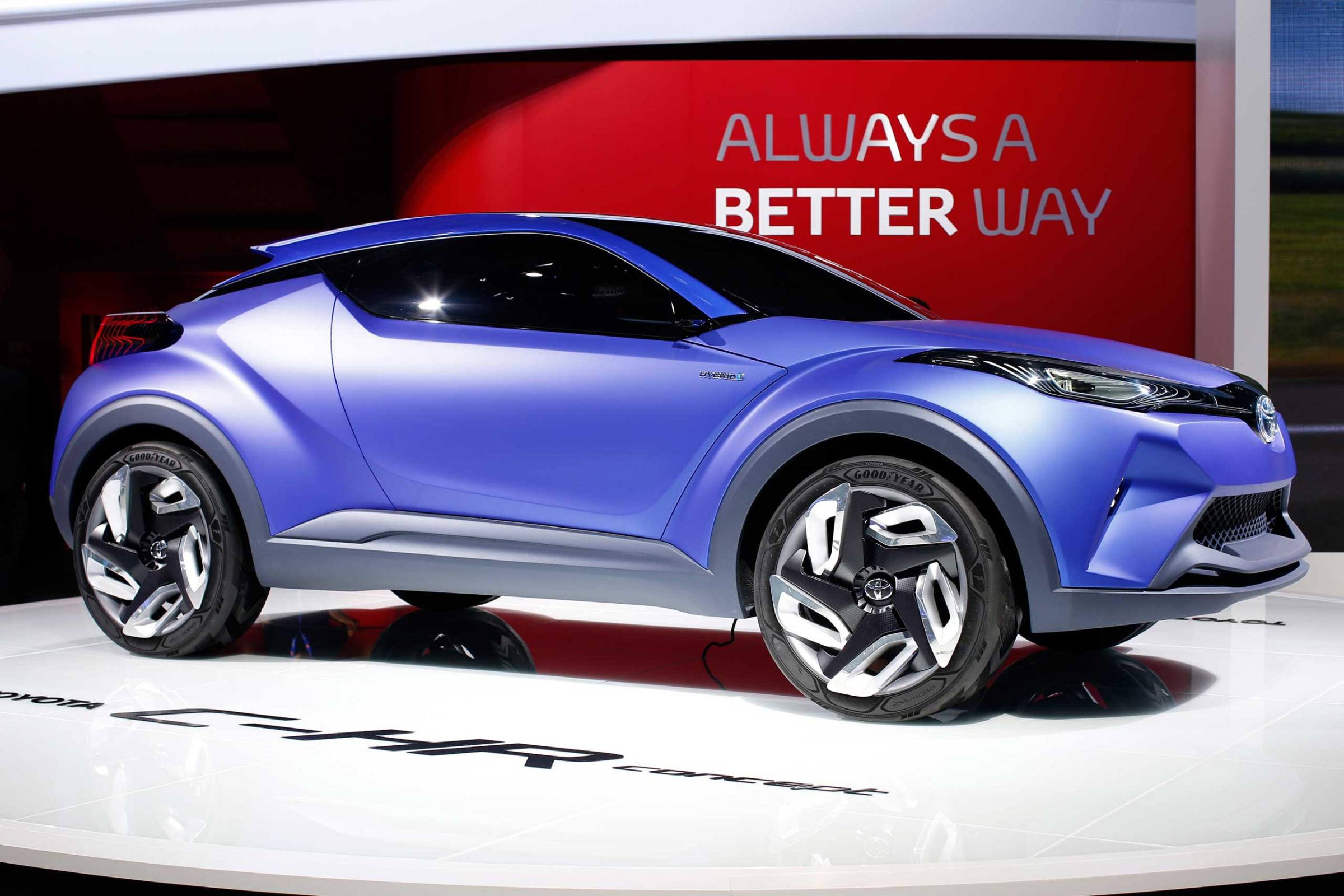
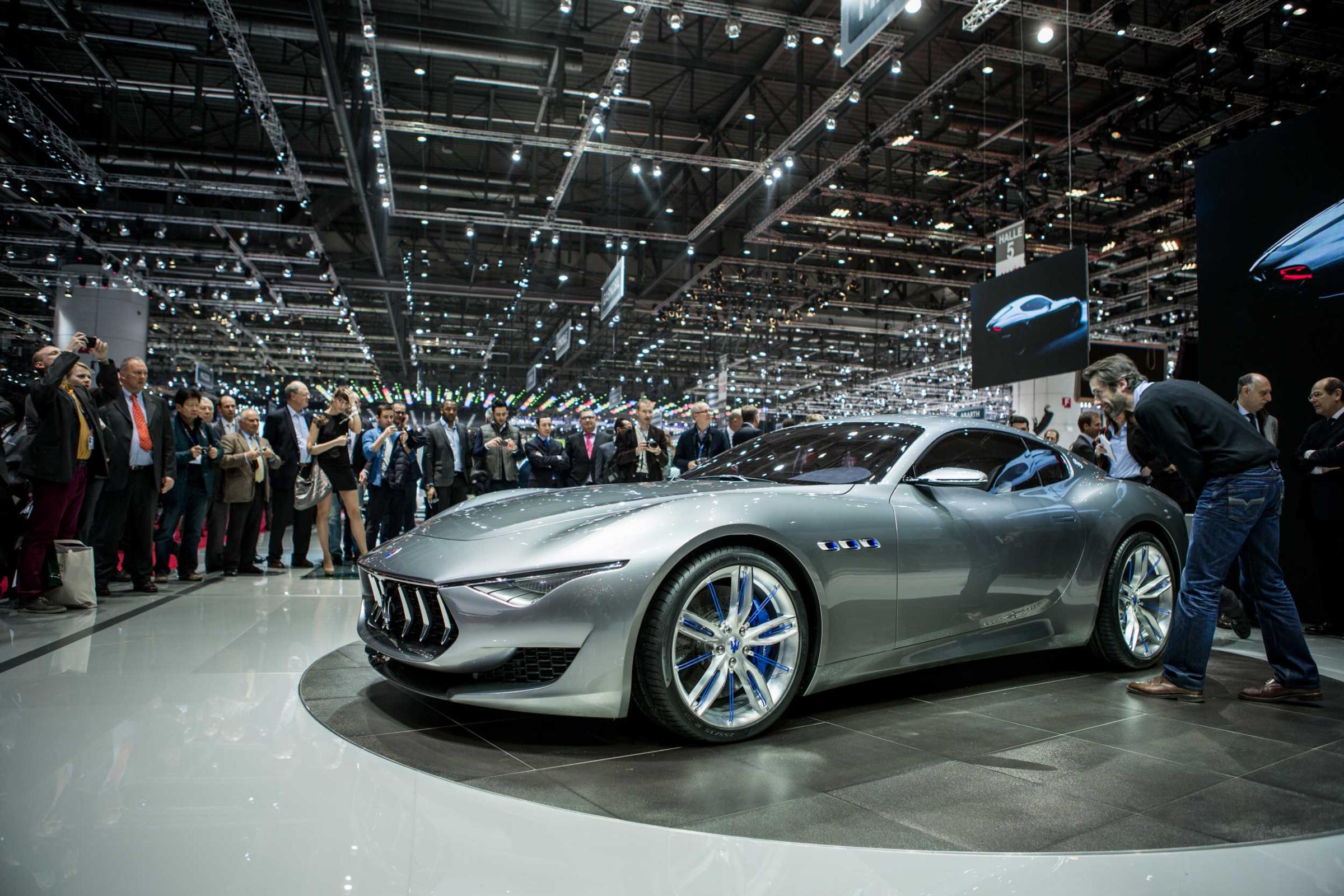
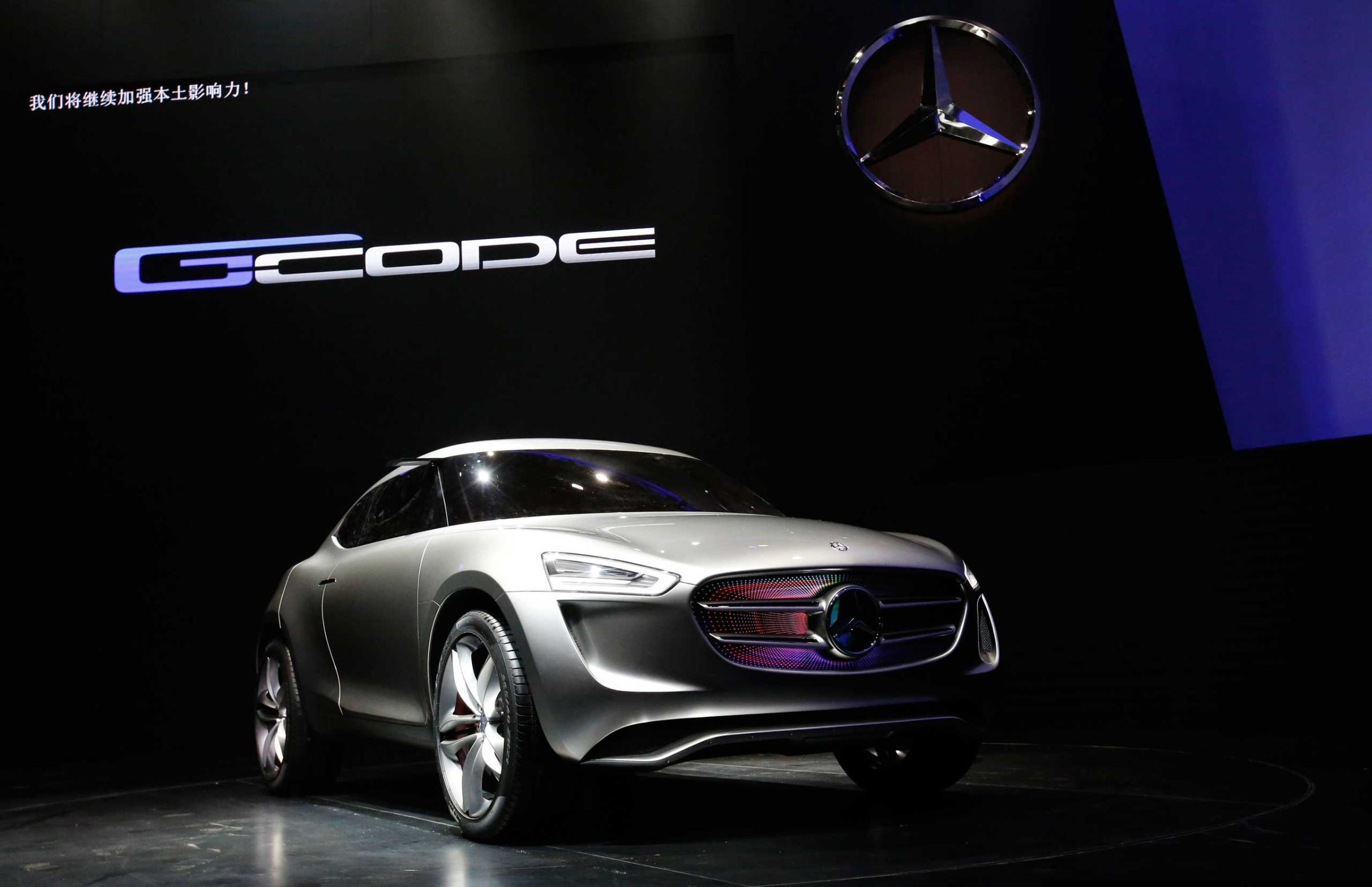
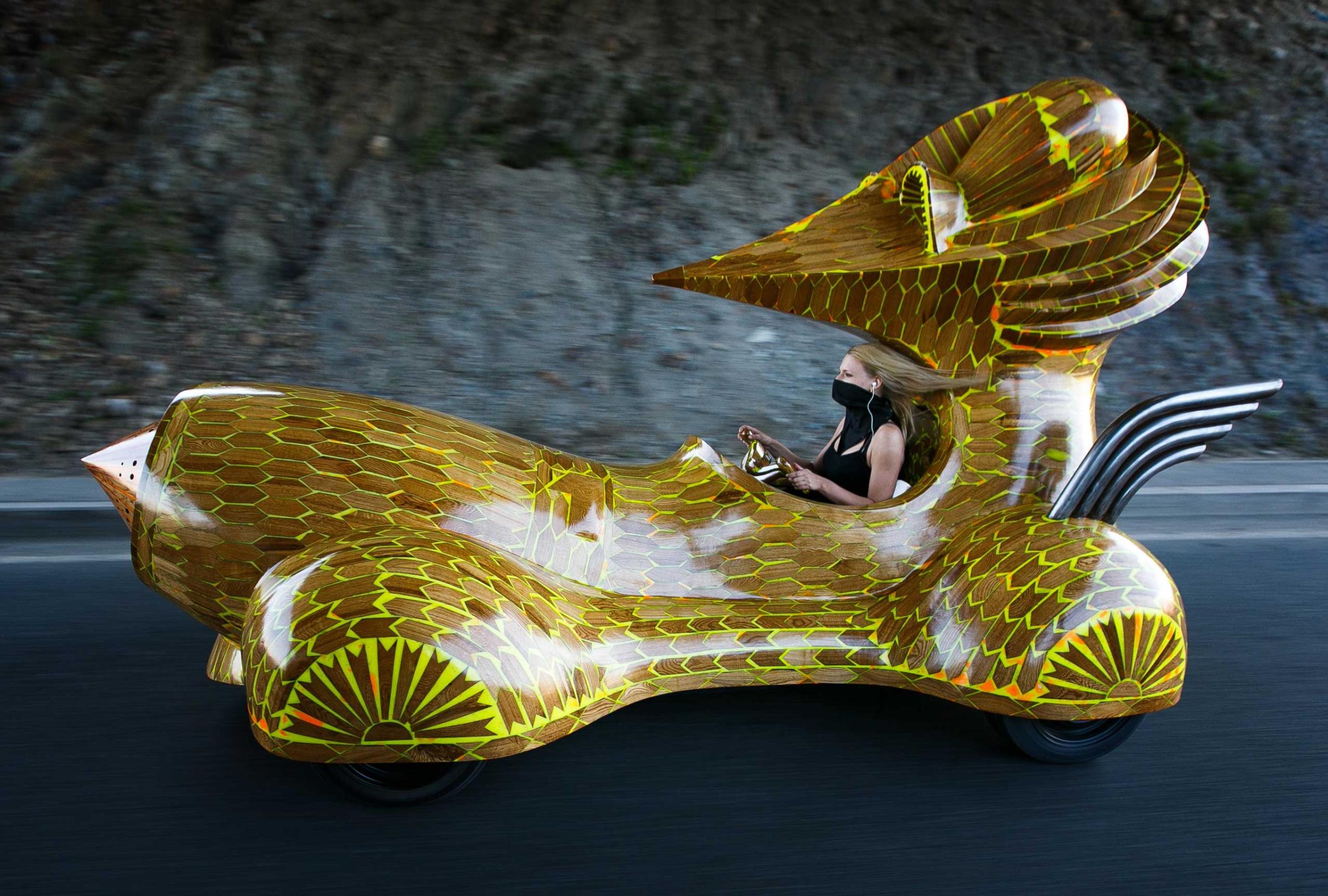
There’s no doubt that auto autos will become mainstream. But despite a chorus of sunny pronouncements from companies like Google, don’t book your robotic Uber ride just yet. “We won’t see piloted driving on the freeway until the next decade,” said Jörg Schlinkheider, head of driver assistance systems for the VW of America. “And fully autonomous driving with no human assistance is far, far away.”
This statement was a bit stark, considering I’d just spent more than two hours schussing south down Interstate 5 towards Bakersfield, Calif., in a prototype Audi A7 sedan that drove itself. Traffic was thick, and yet the Audi handled itself capably, changing lanes and keeping up with the flow of traffic. Even at speeds of 70 m.p.h., my hands were in my lap and my feet tucked out of the way. It was eerie at first, but then I relaxed. Perhaps too much. I stopped paying keen attention to traffic, even turning to chat with the unnerved passenger in the back seat. (Sorry, Daniel.)
The 550-mile road trip was a powerhouse display meant to show how far Audi’s technology has come. The car uses an array of sensors, radars and a front-facing camera to negotiate traffic. At this point, the system works only on the freeway and cannot handle construction zones or areas with poor lane markings. When the car reaches a construction zone or the end of a highway, a voice orders you to take the wheel back. You’ve got about 10 seconds to do so before an array of LED lights goes from blue to amber, and then flashing red. You need only grab the wheel or apply the gas or brake to resume control.
If the technology still needs to evolve, the laws governing autonomous cars must evolve even more. The federal government does not yet have specific laws pertaining to the subject, leaving individual states to create their own mandates. California is easily the most proactive, allowing carmakers to test cars under specific circumstances. “California is taking this very seriously,” said Schlinkheider. Still, Audi is hoping the laws will become clearer when federal agencies eventually step in. “We can’t deal with 50 different states and 50 different sets of regulations. Right now we have to take special steps for drivers in California, but anyone with a driver’s license can pilot a prototype in Michigan.”
One of California’s stipulations is that drivers receive special instruction in how not to drive. I got mine at the VW Group’s semi-secret testing grounds outside of Phoenix. (Imagine a desert spy lab surrounded by high hedges and walls.) The training included basics like turning the system on and off and learning the circumstances in which it could be used. The rest was about handling emergencies, such as making lane changes to avoid crashing. Not that anything would go wrong, the Audi execs stressed (I briefly had visions of a Skynet takeover). Better to be over-prepared, they said. In all, it was far more difficult and involved than a regular driving test.
Average buyers will not need such training. That’s because the roll-out will be slow. In Audi’s case, it will be with a program that allows the car to operate itself in stop-and-go highway traffic jams. When the jam clears, though, the driver will have to take the wheel again. We’ll likely see that within the next couple of years, said Schlinkheider. As for the kind of high-speed freeway driving that I experienced, Audi will not release it “until the next decade.”
“It makes me happy to hear a major manufacturer saying that,” said Dr. Jeffrey Miller, an associate professor at the University of Southern California who specializes in intelligent transportation systems. “We’ve got these players like Google with very ambitious timelines, but I think Audi’s timeline is spot on. Not only does tech need to mature more, so does driver acceptance.”
Even better, he also thought my license was pretty cool. “A lot of people will say licenses — and drivers — will be obsolete, but that’s not the case. The driver will always have to take over in case of a failure.”
More Must-Reads From TIME
- The 100 Most Influential People of 2024
- The Revolution of Yulia Navalnaya
- 6 Compliments That Land Every Time
- What's the Deal With the Bitcoin Halving?
- If You're Dating Right Now , You're Brave: Column
- The AI That Could Heal a Divided Internet
- Fallout Is a Brilliant Model for the Future of Video Game Adaptations
- Want Weekly Recs on What to Watch, Read, and More? Sign Up for Worth Your Time
Contact us at letters@time.com